In the wintertime, vintage lace is a great way to bring the season into your everyday look. Lace is reminiscent of the unique beauty of snowflakes, especially vintage patterns and pieces. Why not add some fanciful lace to your look this winter?
The lace blouse I am wearing is from Venice and it dates back to 1972.
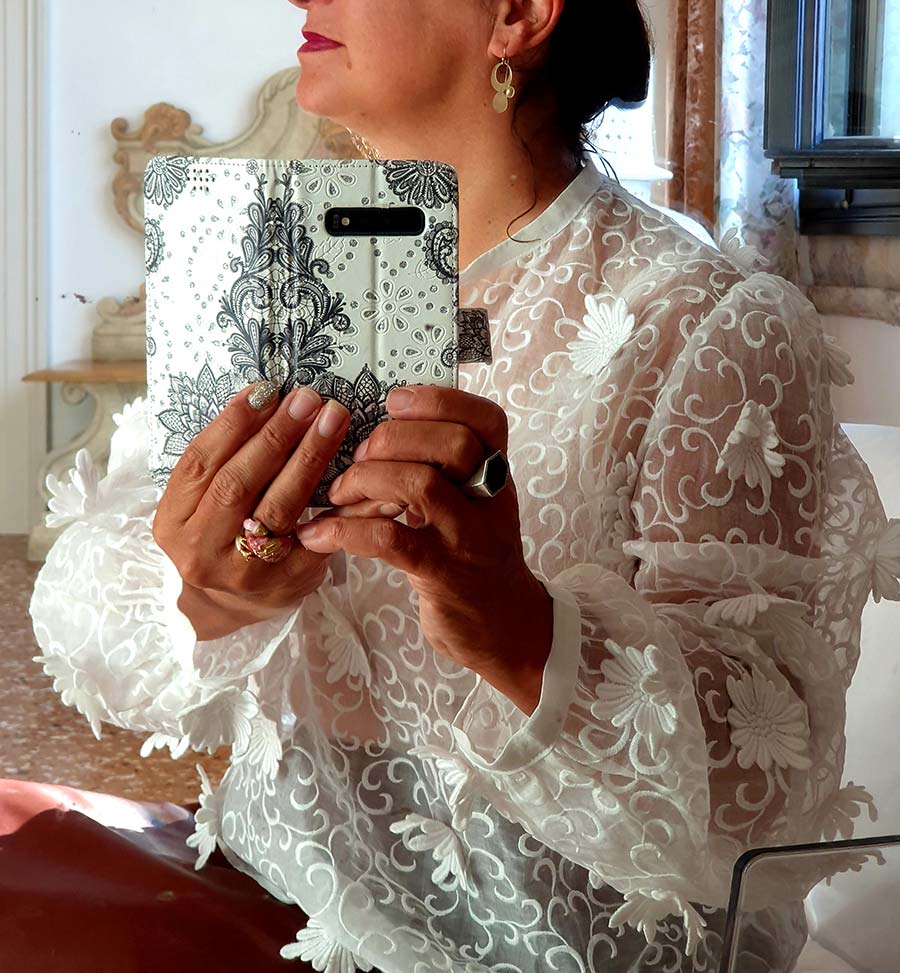
Humans have been enjoying making and wearing lace for literally thousands of years. There are even references to web-like fabrics in the Bible. The art form may have originated with the Egyptians as a special fabric intended to decorate the tombs of royalty. The earliest known patterns for lace came about in the 1500s in Europe.

Italy, England and France are still top producers of fine lace today. I see so much lace here in Venice and Tuscany.
For many years, lace making, or Tatting, was an art form ladies practised at home along with sewing, embroidering, crocheting and other types of needle arts. Lace makers with particular expertise could find this art form a lucrative endeavour when sold to the right buyer. For instance, Honiton Lace was worn by Queen Victoria in her wedding gown. This style of lace required the efforts of many women at home to create decorative pieces that would later be united together by other lacemakers to create a fabric. This fabric would then be fashioned into a gown. What a wonderful testament to the beauty of the community at work in the arts. Thanks to the cottage industry movement, people are taking a renewed interest in Tatting. The availability of patterns and handheld tools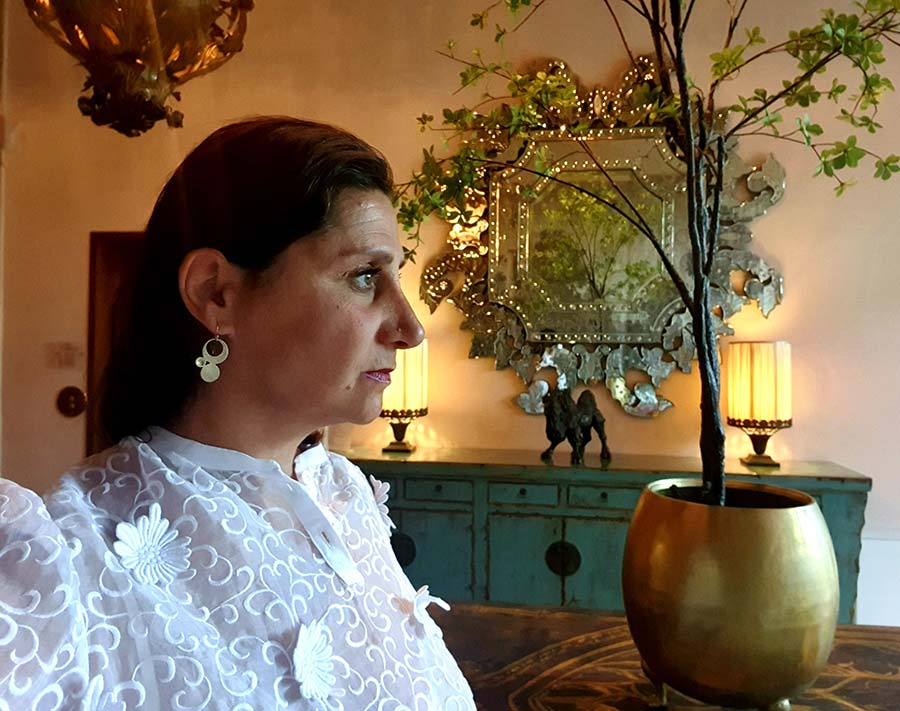
make it possible for anyone to try their hand at vintage style lace creations from the comfort of their own sofas. With a little practice, it’s entirely possible to create the same laces that your great grandmothers did.
Wedding Lace
If you’re interested in trying your hand at this amazing art form, there are many resources that can help you get started. Lace uses just a few tools, bobbins, pins, pillows and thread. You’ll also need some patterns or a book of step by step instructions.

One very helpful internet resource is the Lace Fairy. This site lays out all the basics information you need to know for considering this hobby and also provides a myriad of links to other Tatting resources. It’s basically an online school for lace making!

If hunting for the perfect antique or vintage piece is more your style, here are a few ideas and tips.
1) Collars are very trendy this season, and luckily vintage lace collars can be found in spades. They also are interchangeable between all your outfits, making each ensemble look entirely different throughout the winter season. One of my favourite ways to find these treasures is the hands-on way. Visit some tried and true antique shops to see what may turn up.
Like my 1972 blouse lace fabric.

This allows you to check in person for condition issues like yellowing, moth damage or unravelling. However, many of these can be found at great online sources like the Antique Linens website. Here’s an ideal find.
Heart Pattern Vintage Lace Collar
2) Give Grandma a call and raid her closet. There’s no better piece to own than one that means something to you personally. Memories of the generations gone before can be at your fingertips literally in the case of gloves and handkerchiefs. Grandma may even have a story or two to share about the origin of her trinkets or places they have travelled along with her. You’ll feel instantly special and connected to your loved ones.


Below is an example of a piece that would otherwise cost a few hundred pounds if not lovingly bestowed by a relative. Grandma may not even know that the contents of her dresser drawers can also double as a nest egg, but you can educate her.

Vintage Brussels Lace Handkerchief
3) Don’t fret if you find a truly lovely piece that has a condition issue such as yellowing or a stain. With careful attention, stains can be lessened or removed completely and safely. Even though you can’t use your washing machine there is a tried and true method to help rid that beautiful lace of its nasty stains. The first is to set up a sink with cold water and dissolved baking soda.

Let your fabric soak for about thirty minutes and then rinse it thoroughly. This often is sufficient to remove spots and smells. If that doesn’t work, consider tea staining the fabric so that it colours the entire piece and gives it an antiqued appearance. One way or another, your lace is saved! Below is an example of lace that has a tea-stained colour.
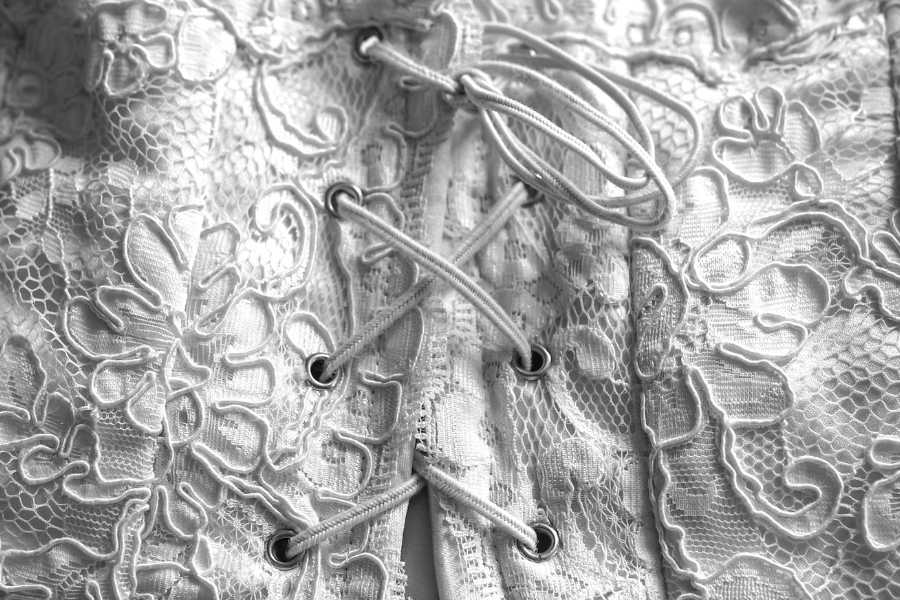
Tea Stained Antique Lace Gloves
Whether creating your own lace or enjoying the handiwork of those who have come before us, vintage lace is a sure ticket to make you feel special both now and fifty years from now. But if you’re looking for a vintage-inspired look created by lovely lace in present times, you might want to consider a cute cardigan.
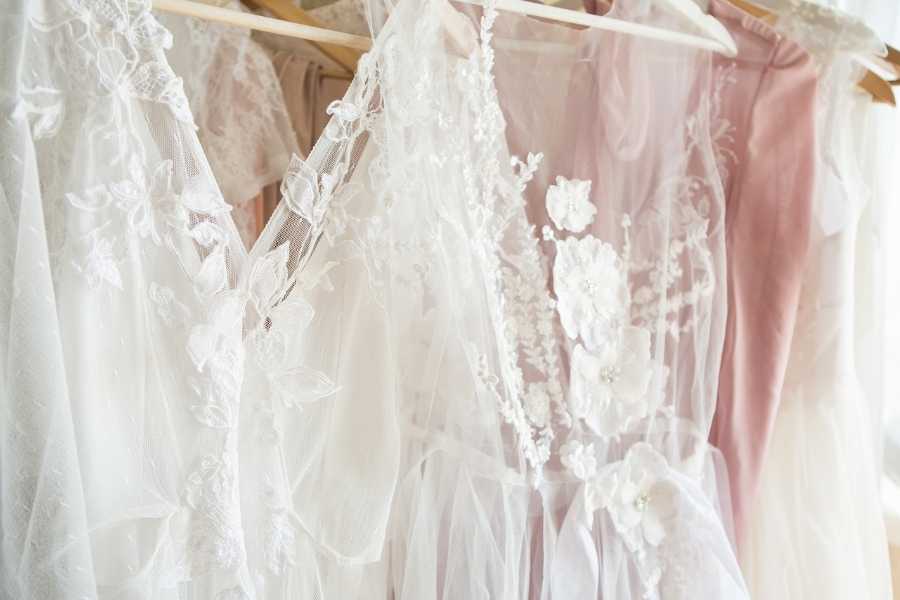



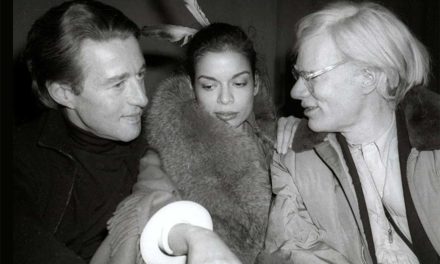


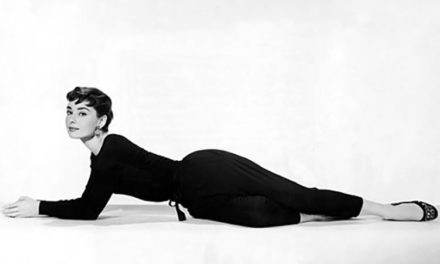

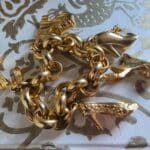

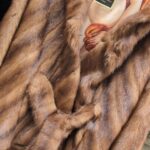

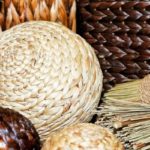
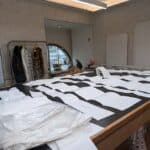



You must be logged in to post a comment.